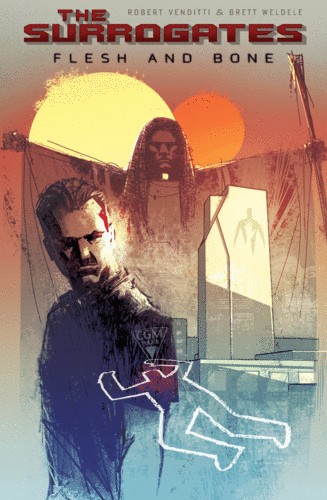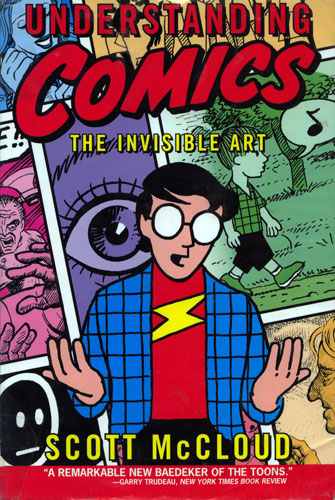
Background Info on Eisner:
-1917 - 2005
-Creator of the Spirit, Lady Luck, John Law and more
- Born in Brooklyn
-Classmates with Bob Kane, creator of Batman
- Drafted in 1942 and returned 1945
-Died in Florida
*Information courtesy of
Will Eisner's official website and
Wikipedia.
"The Origin of the Spirit" by Will Eisner, June 2nd 1940
Although the story is pretty straightforward, the style of "The Spirit" was definitely innovative in 1940. Eisner uses a lot of shadows to show depth and give off a Sherlock Holmes type atmosphere (Page 5 has great examples of this). He also doesn't stick strictly to keeping his work inside the panels. For example, on the second page, Dr. Cobra's head completely stands alone. On the same page at the bottom, Eisner has created a round panel to show the vat breaking. This allows him to show more of the story on one page and, in my opinion, give the story a cooler look. To show motion, Einser uses lines like Scott McCloud describes in his book (Pg. 110). A great example of this is the 5th panel on page 4 where the coroner is motioning that Dolan has gone a little crazy since Denny Colt died. I really like how he describes the actions in the boxes along with showing the reader in the pictures - so that you are reading and seeing at the same time.
I personally prefer darker stories but this probably was pretty dark for 1940! It is a great way to start a series, though, with all the necessary information jam packed nicely into just 7 pages!
"Lorelei Rox" by Will Eisner, September 19th 1948
Eisner sticks to the same methods above but his use of shadows has increased as you can see from the first scene in Dolan's office. My favorite part of this comic is page 4 where Lorelei is singing and to show that the Spirit is becoming lost in the sound the panel lines have disappeared. Eisner has some very innovative visual perspectives in this story as well. For example, on page 4, the third panel is the Spirit's reflection in the car's side mirror. He doesn't just have three panels of the Spirit driving a truck - this makes the story much more exciting.
Covers
The first thing I noticed about the seven sample covers we were given in the last class was that in four of them the Spirit is in some sort of struggle. Another reoccurring feature is the use of words in the artwork - usually to give a brief summary of the story. All are highly detailed and take up the entire page. My personal favorite is No. 28, where this small pygmy like monsters are attacking the Spirit in the sewers. I love the emotion on the spirits face and the viciousness of the creatures (especially the one attack his leg!).




















